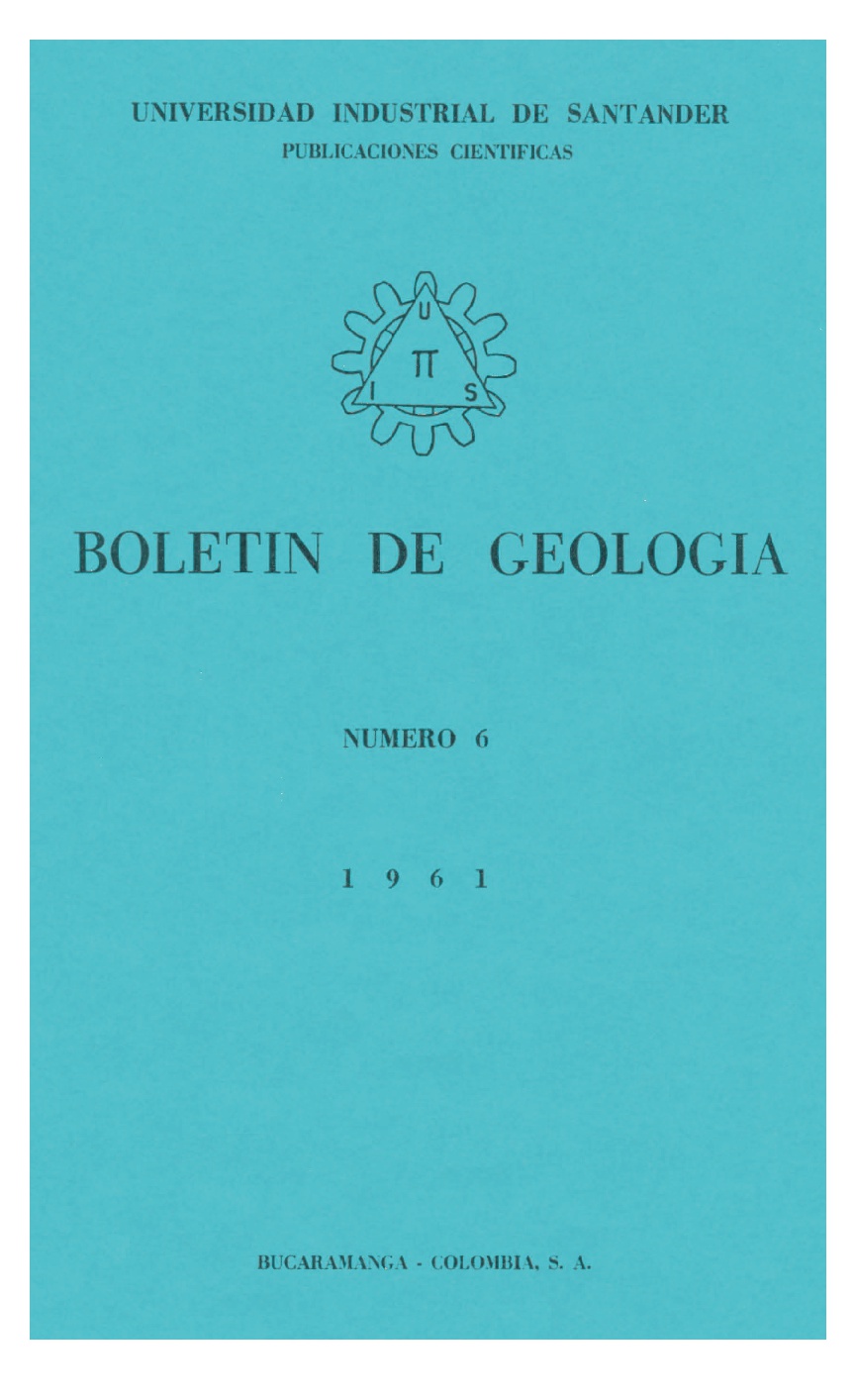Publicado 1961-04-06
Cómo citar
Resumen
En esta nota preliminar sobre los Edentata del suborden Xenarthra se da la distribución sistemática del material de la familia Megatheriidae que se encuentra depositado en diversas colecciones colombianas. Todos los restos que se han examinado corresponden al género Eremotherium. Gran parte de este material había sido atribuído a Megatherium, sin embargo hasta el presente no se ha reconocido ningún elemento que pueda incluirse en este género. El esqueleto hallado en Villavieja por Stirton y Royo y Gómez, pertenece, por la forma y disposición de la faceta rotuliana y por la estructura del carpo, a E. (Eremotherium) rusconii. Se cita por primera vez en Colombia la presencia del subgénero Pseudoeremotherium que está representado por dos especies nuevas: E. (Pseudoeremotherium) robustum y E. (Pseudoeremotherium) cucutense. La primera especie hallada en la terraza de Fusagasugá (Departamento de Cundinamarca) se caracteriza por la robustez de la región posterior del cráneo y por la morfología del hueso dentario, en especial la forma del borde inferior que le da un aspecto extraordinariamente macizo. E. (Pseudoeremotherium) cucutense que se encontró en los alrededores de Cúcuta (Departamento del Norte de Santander) corresponde a una forma de cráneo alargado, con su parte posterior más ancha que alta y con un gran desarrollo de la protuberancia occipital externa. El dentario presenta algunos caracteres intermedios entre E. (Pseudoeremotheriurn) lundi y E. (Pseudoeremotherium) robustum. El húmero que está asociado a este material se caracteriza por el gran desarrollo de la cresta deltoides y por la morfología de la extremidad distal. El gran desarrollo de los lóbulos olfativos de esta especie y de la del Brasil hacen pensar en un gran desarrollo del sentido del olfato. Por lo que se conoce actualmente sobre el género Eremotherium se puede afirmar que ha sufrido en las regiones intertropicales una elevada diversificación específica, pues es imposible mantener bajo una sola especie una variabilidad morfológica tan grande.
